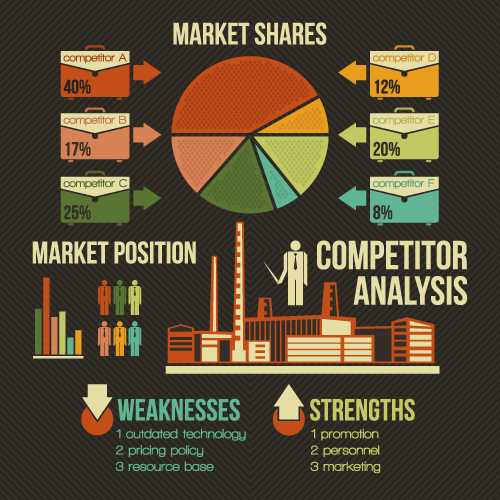Mapping an Invention to Competitor’s Products
Due Diligence for Patents – Comparing Inventions to Competitor’s Products.
Inventions with external business value will map to competitors or to potential outside licensees. These patents might not map directly to your products, but are assets that make your company more attractive to acquisition, and give you leverage in negotiating with a competitor. These assets can be critical in deflecting an infringement suit brought on by a competitor, as they can be ‘traded’ for the right to use the competitor’s patents.
Inventions that likely impact competitors the most are those that fit in the competitor’s product roadmap and the competitor’s way of doing business. Each company has its own set of legacy products, ways of doing business, existing customer base, market presence, and other items that cause it to do things in a certain way. Sometimes, inventions will fit a competitor’s way of doing things very well, making a patent on that invention a very good negotiating tool or asset that can be leveraged in business.
The impact of an invention on a competitor’s product line can be estimated by the following qualitative analysis:
- 5. Invention addresses a direct need of a competitor and fits in the competitor’s strategy.
- 4. Invention addresses a shortcoming of a competitor’s product in a substantial manner.
- 3. Invention addresses a shortcoming of a competitor’s product that a third party may implement.
- 2. Invention is a solid improvement to a competitor’s product where different solutions exist.
- 1. Invention may be tangential to a competitor’s product line.
- 0. No known or expected competitor activity.
This analysis is compared with the economic value of the invention, which can be determined through design around analysis or other analysis mechanisms. The ranking or impact of an invention on a competitor may be determined by multiplying the impact ranking by the economic value of the invention.

